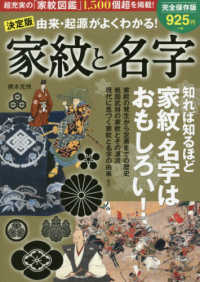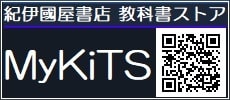- ホーム
- > 洋書
- > 英文書
- > Science / Mathematics
Full Description
In recent years, gauge fields have attracted much attention in elementary par ticle physics. The reason is that great progress has been achieved in solving a number of important problems of field theory and elementary particle physics by means of the quantum theory of gauge fields. This refers, in particular, to constructing unified gauge models and theory of strong interactions between the elementary particles. This book expounds the fundamentals of the quantum theory of gauge fields and its application for constructing unified gauge models and the theory of strong interactions. In writing the book, the authors' aim was three-fold: firstly, to outline the basic ideas underlying the unified gauge models and the theory of strong inter actions; secondly, to discuss the major unified gauge models, the theory of strong interactions and their experimental implications; and, thirdly, to acquaint the reader with a rather special mathematical approach (path-in tegral method) which has proved to be well suited for constructing the quantum theory of gauge fields. Gauge fields are a vigorously developing area. In this book, we have select ed for presentation the more or less traditional and commonly accepted mate rial. There also exist a number of different approaches which are presently being developed. The most important of them are touched upon in the Conclusion.
Contents
Units and Notation.- I Invariant Lagrangians.- 1. Global Invariance.- 2. Local (Gauge) Invariance.- 3. Spontaneous Symmetry-Breaking.- II Quantum Theory of Gauge Fields.- 4. Path Integrals and Transition Amplitudes.- 5. Covariant Perturbation Theory.- III Gauge Theory of Electroweak Interactions.- 6. Lagrangians of the Electroweak Interactions.- 7. Quantum Electrodynamics.- 8. Weak Interactions.- 9. Higher Orders in Perturbation Theory.- IV Gauge Theory of Strong Interactions.- 10. Asymptotically Free Theories.- 11. Dynamical Structure of Hadrons.- 12. Quantum Chromodynamics. Perturbation Theory.- 13. Lattice Gauge Theories. Quantum Chromodynamics on a Lattice.- 14. Grand Unification.- 15. Topological Solitons and Instantons.- 16. Conclusion.- List of Symbols.

















